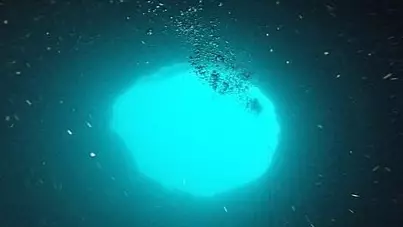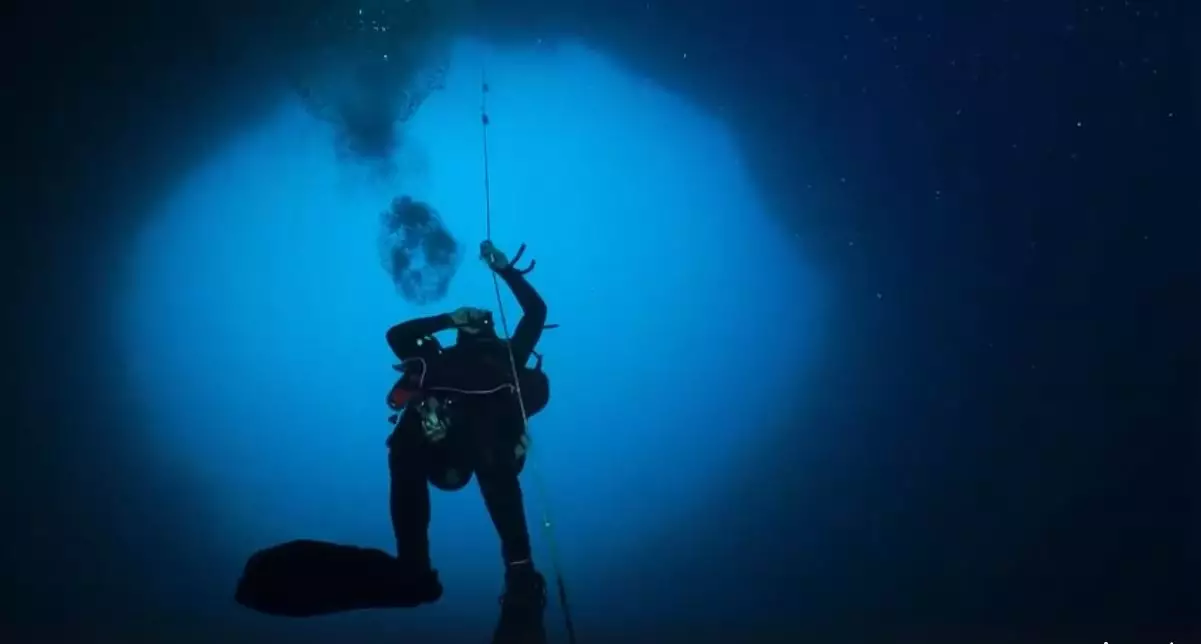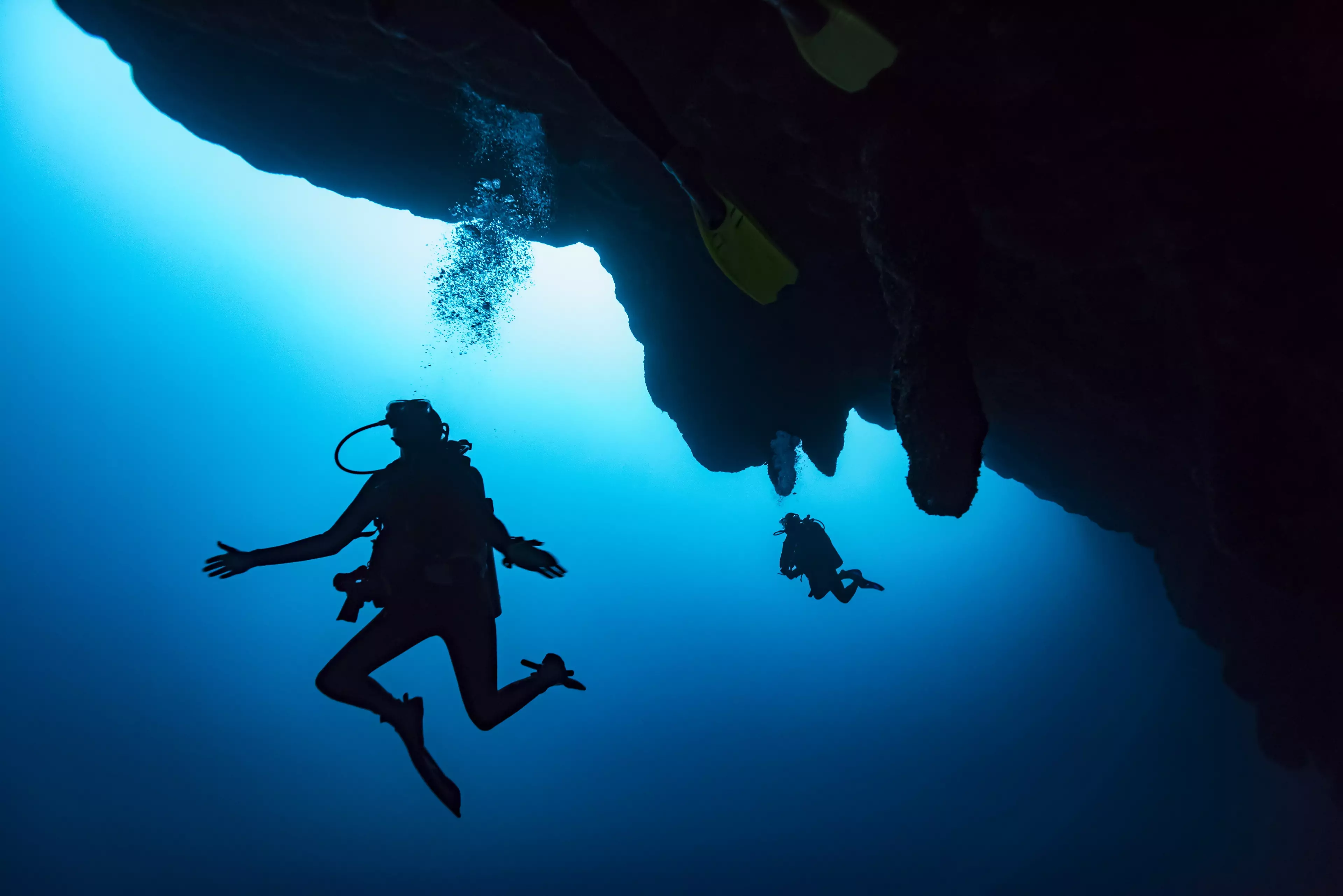
Scientists are about to embark on a fascinating journey to discover what lies at the bottom of a mysterious 'blue hole' that extends a whopping 425 feet down below the seabed.
The researchers will be aiming to discover what kind of creatures can survive at the bottom of such a chasm.
The place itself is called the 'Green Banana' and it lies off the Gulf Coast of Florida, on the continental shelf.
Advert
The mission to uncover the secrets of the Green Banana hole is part of a three year plan to study blue holes and the stuff living down there.

The Green Banana expedition has been sponsored by the US National Oceanographic and Atmospheric Association (NOAA) and will send divers and an array of expensive and high-tech monitoring equipment into the hole.
They'll be testing the nutrient levels of the water, as well as examining the microbes they come across.
Last time, they went down another similar, albeit smaller, hole called Amberjack Hole - also off the coast of Florida, around 32 nautical miles from Sarasota - revealed the remains of two endangered smalltooth sawfish.
So, this time, the researchers have no idea what they're looking for, or what they'll find.
Participating alongside the NOAA on the mission, set to begin in August, will be the Florida Atlantic University, the US Geological Society, Mote Marine Laboratory, and the Georgia Institute of Technology.

The NOAA website states: "[Blue holes] are scattered across Florida's Gulf continental shelf.
"They vary in size, shape and depth, but most are ecological hot spots with a high diversity of abundance of plants and animals."
As well as searching for new life, and rare existent life, they also hope to answer questions about whether the blue holes are connected to Florida's groundwater system, whether they are providing nutrients to the area, and - of course - whether there are unknown microbes lurking down there.
It's all very exciting, particularly if you're a marine biologist.

The August dive is only the first of their three-year project, with further expeditions scheduled to take place next year.
The NOAA website continues: "Blue holes are diverse biological communities full of marine life, including corals, sponges, molluscs, sea turtles, sharks, and more.
"The seawater chemistry in the holes is unique and appears to interact with groundwater and possibly aquifer layers.
"This link contributes to the knowledge of carbon cycling between surface and groundwater."
Featured Image Credit: Mote Marine LaboratoryTopics: Environment, Science, World News, Interesting, US News, Technology, Weird